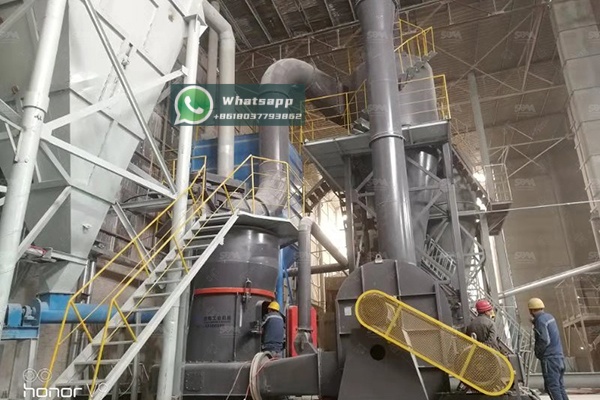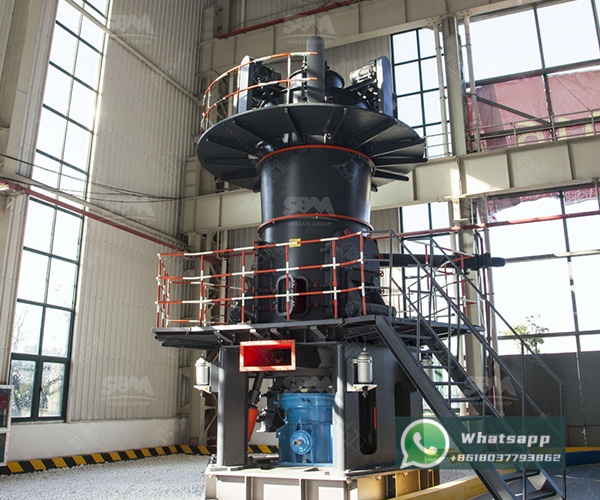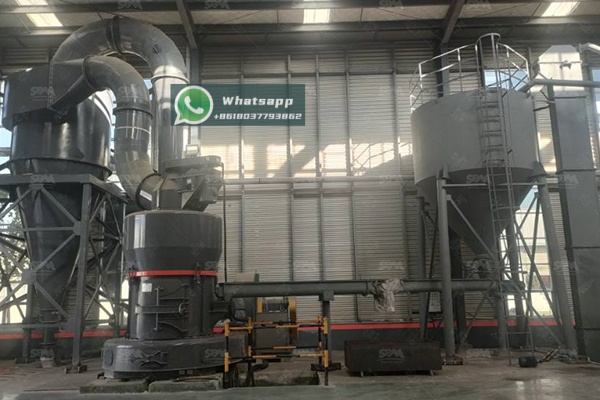The relentless demand for mineral resources necessitates continuous innovation in mineral processing technologies. In large-scale mining operations, the comminution stage—the process of reducing ore size—is one of the most energy-intensive and capital-critical phases. Traditional grinding circuits, often reliant on ball mills, have served the industry for decades. However, the evolution of vertical roller mill (VRM) technology has presented a paradigm shift, offering a more efficient, compact, and controllable solution for pre-grinding applications. This article delves into the principles, advantages, and technological advancements of vertical mills in the context of pre-grinding ores for large mining operations.
Pre-grinding, the initial size reduction step after primary crushing, sets the stage for all downstream processes, including flotation, leaching, or further fine grinding. The efficiency of this stage directly impacts overall plant throughput, energy consumption, and operational costs. Inefficient pre-grinding leads to bottlenecks, higher power draws, and increased wear on subsequent equipment. The mining industry’s pursuit of lower operational expenditure (OPEX) and a reduced carbon footprint has intensified the search for grinding technologies that offer superior energy utilization and process flexibility.

Unlike the tumbling action of a ball mill, a vertical mill operates on the principle of bed compression grinding. The core components include a grinding table that rotates around a vertical axis and rollers that hydraulically press down upon the material bed on the table. Raw ore is fed onto the center of the table and is thrown outward by centrifugal force under the rollers. The key stages within a single VRM unit are:
This integration of multiple unit operations into a single, compact machine is a fundamental advantage of VRM technology.
The application of vertical mills for pre-grinding ores offers a multitude of benefits over conventional systems:

As a leading manufacturer in the field of industrial crushing and grinding, Shanghai Zenith Machinery Co., Ltd. has been at the forefront of developing advanced vertical mill technology. With a dedicated focus on research and development, Zenith has created a robust portfolio of grinding equipment designed to meet the rigorous demands of the global mining industry. Their expertise in ultra-fine powder grinding is directly applicable to optimizing pre-grinding circuits for maximum efficiency and product quality.
For large mining operations seeking a reliable and high-capacity pre-grinding solution, Zenith’s LM Vertical Grinding Mill stands out. This mill series is engineered to integrate crushing, grinding, powder selection, drying, and conveying into a single unit, perfectly aligning with the needs of modern mineral processing. Its robust construction ensures high availability and low wear, even when processing abrasive ores.
The technical parameters for the LM Vertical Mineral Mill series are detailed below, showcasing its capability to handle high throughputs with controlled product fineness.
| Model | Plate Diameter (mm) | Capacity (t/h) | Output Fineness (μm) | Max Feed Size (mm) | Main Motor (kW) |
|---|---|---|---|---|---|
| LM130K | 1300 | 10-28 | 170-40 | <38 | 200 |
| LM190K | 1900 | 23-68 | 170-40 | <45 | 500 |
| LM280K | 2800 | 50-170 | 170-45 | <50 | 1250 |
For operations requiring even finer product specifications or processing of slag and similar materials, Zenith also offers specialized variants like the LUM Ultrafine Vertical Mill. The LUM series represents the cutting edge of vertical mill technology, featuring more advanced roller technology and classifying systems to achieve product fineness down to D97=5μm. This makes it an excellent choice for operations where the pre-ground product needs to be very fine to enhance liberation or downstream recovery rates.
| Model | Main Machine Power (kW) | Capacity (t/h) | Size Distribution D97 (μm) |
|---|---|---|---|
| LUM1525 | 220-250 | 1.6-11.5 | 5-30 |
| LUM1632 | 280-315 | 2.0-13.5 | 5-30 |
| LUM1836 | 355-400 | 2.3-15 | 5-30 |
The economic and operational case for adopting vertical mill technology in large mining operations is compelling. The significant reduction in energy consumption directly translates to lower operating costs and a smaller environmental footprint. The operational flexibility and excellent drying capability allow mines to process a wider range of ore types and moisture levels without major circuit modifications.
As the industry moves towards more automated and digitally controlled processes, the inherent stability and controllability of VRMs make them an ideal platform for integration with advanced process control systems. This paves the way for fully optimized, energy-aware grinding circuits that can dynamically respond to changes in ore characteristics.

Vertical roller mill technology has unequivocally established itself as a superior solution for the pre-grinding of ores in large-scale mining operations. Its unparalleled energy efficiency, combined with its compact design and integrated processing capabilities, addresses the core challenges of modern mineral processing. Manufacturers like Shanghai Zenith Machinery Co., Ltd., with their proven and technologically advanced product lines such as the LM Vertical Grinding Mill and LUM Ultrafine Vertical Mill, provide the reliable, high-performance equipment necessary for mines to achieve new levels of productivity and sustainability. The future of ore comminution is vertical, offering a clear path toward more efficient and responsible resource extraction.